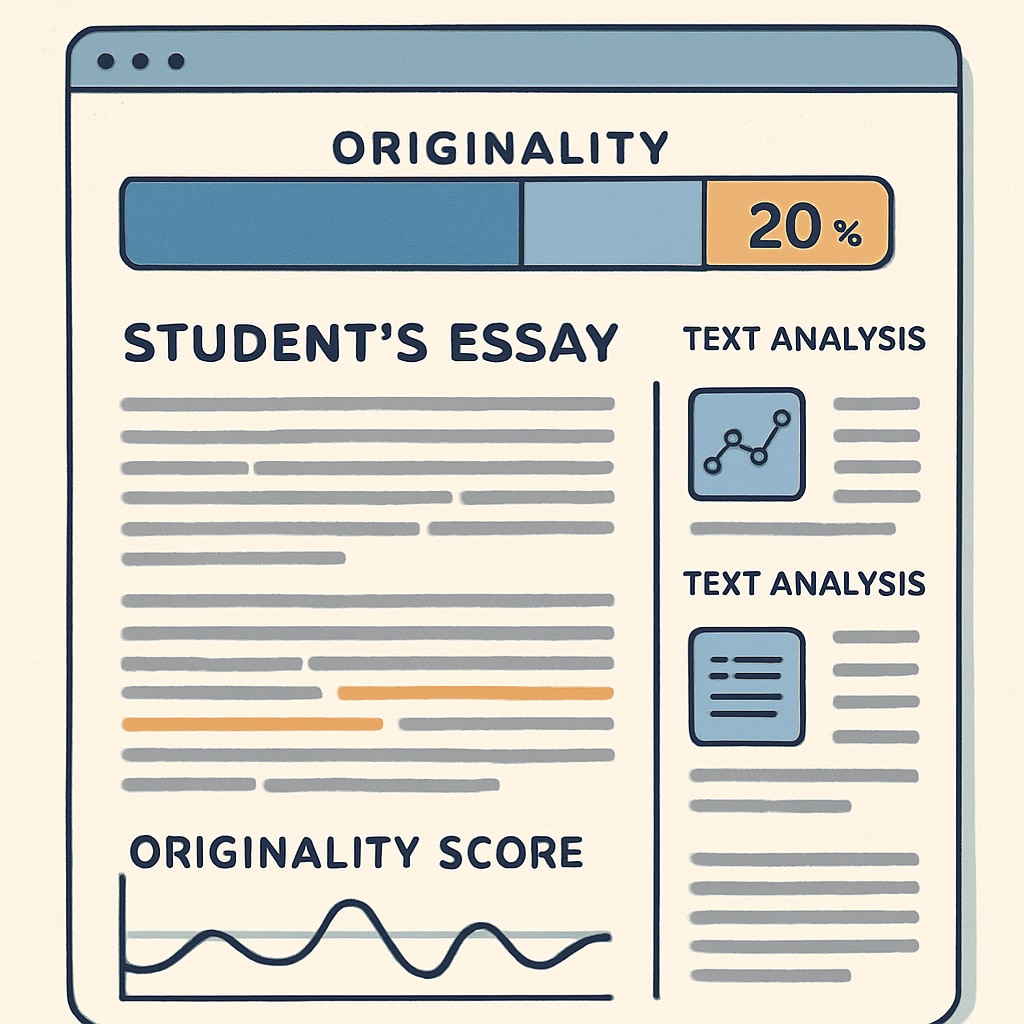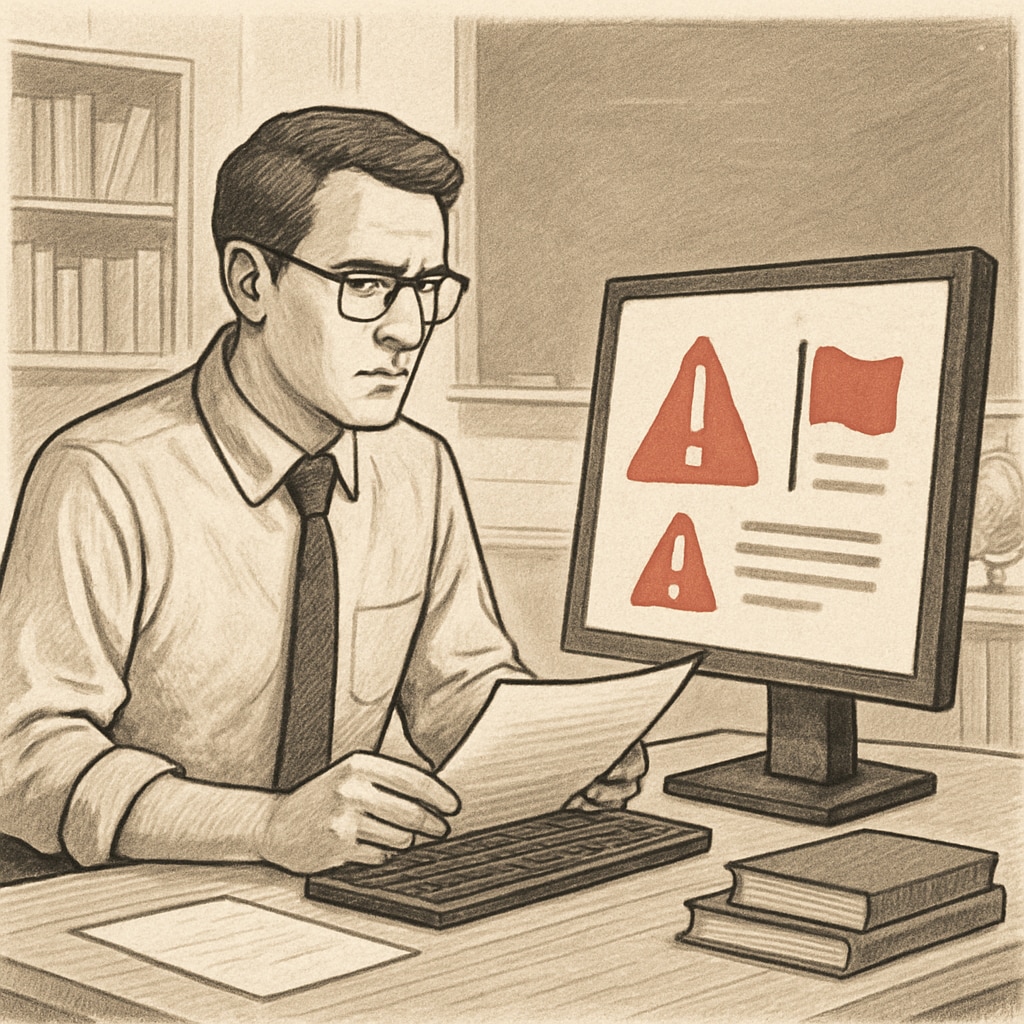The increasing use of AI detection tools in education has brought both opportunities and challenges. While these tools aim to uphold academic integrity, their unreliability has led to numerous cases of false accusations. Students are often wrongly flagged for plagiarism or cheating, sparking debates on whether these technologies are truly ready for widespread adoption. As education enters the digital age, maintaining a fair balance between technology and academic trust has become a pressing concern.
How AI Detection Tools Work and Why They Fail
AI detection tools, such as plagiarism scanners or AI-generated content detectors, rely on algorithms designed to identify patterns in text. For instance, they may compare a student’s work to a database of existing texts or assess whether a submission exhibits traits commonly associated with AI-generated content. While these systems sound efficient, they are far from perfect.
One major issue is over-reliance on patterns. AI tools often misinterpret creative or unique writing styles as machine-generated. Similarly, common phrases or widely accepted knowledge can trigger false positives. For example, a student explaining basic scientific principles may unknowingly match existing online material, leading to a wrongful accusation. Moreover, AI tools frequently struggle with multilingual texts or non-standard grammar, further increasing the risk of errors.

The Human Cost of False Accusations
False accusations of cheating can have devastating consequences for students. Beyond academic penalties, these situations often cause emotional distress and damage a student’s reputation. For many, proving their innocence becomes a complex and time-consuming process, as AI detection tools rarely provide transparent explanations for their findings. This lack of accountability leaves students and educators alike questioning the reliability of these systems.
Furthermore, the reliance on AI detection tools risks undermining trust between students and educators. When decisions are based solely on algorithmic outputs, it sends a message that human judgment and understanding are secondary to machine analysis. This approach not only discourages creativity but also erodes the fundamental principles of academic fairness.
Balancing Technology with Academic Integrity
To address these challenges, educational institutions must take a more nuanced approach to using AI detection tools. Technology should complement, not replace, human oversight. Here are a few steps that can help strike the right balance:
- Transparency: Institutions should demand greater clarity from AI detection tool providers. Users need detailed explanations of how results are generated and what constitutes a “positive match.”
- Human Review: All flagged cases should undergo manual review by educators or academic committees to ensure fairness and accuracy.
- Student Support: Provide students with resources to understand how these tools work, as well as clear procedures for contesting false accusations.
- Continuous Training: AI systems should be regularly updated and tested to minimize biases and improve their ability to handle diverse writing styles.
In addition, fostering a culture of academic integrity requires more than just technology. Educators should emphasize the importance of ethical practices, such as proper citation and original thought, rather than relying solely on tools to identify misconduct.

The Future of AI in Education
As AI technologies continue to evolve, their role in education is likely to expand. However, the current limitations of AI detection tools highlight the need for cautious implementation. Blind trust in these systems risks compromising the very academic integrity they aim to protect. Instead, schools and universities must adopt a balanced approach, where technology is used as a tool for support rather than as an ultimate authority.
The digital age offers immense possibilities for improving education, but it also demands vigilance in maintaining fairness and trust. By addressing the shortcomings of AI detection tools and reinforcing ethical practices, we can create an environment where technology enhances learning without compromising integrity.
Readability guidance: This article uses short paragraphs, active voice, and accessible language to ensure clarity. Key points are summarized through lists, and transitions (e.g., “however,” “for example,” “in addition”) are used to improve flow. Images are strategically placed to align with the content.


